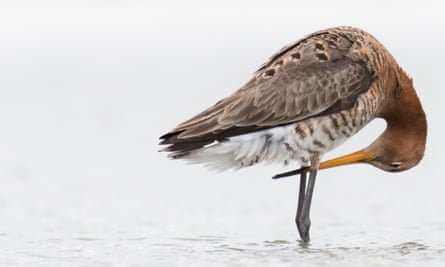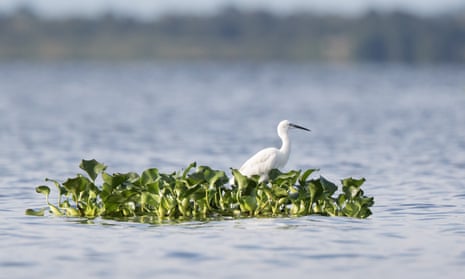National parks and other protected areas have had mixed success in conserving wildlife, according to the largest ever global study of their effects.
Using wetland bird data from 1,506 protected areas around the world, scientists analysed the trends of more than 27,000 populations, and found that increased provision for the birds had not necessarily helped.
Researchers said the study, published today in the journal Nature, has important implications for the movement to protect 30% of the Earth for wildlife by the end of the decade. The results show that managing parks to protect species and their habitats is crucial, and that without such management parks are more likely to be ineffective.

“We know that protected areas can prevent habitat loss, especially in terms of stopping deforestation,” said lead author Dr Hannah Wauchope of the Centre for Ecology and Conservation at Exeter University. “However, we have much less understanding of how protected areas help wildlife. Our study shows that, while many protected areas are working well, many others are failing to have a positive effect.
“We need more focus on ensuring areas are well-managed to benefit biodiversity.”
Governments are currently negotiating this decade’s targets to protect biodiversity, with dozens of countries signing up to a target to protect 30% of land and sea by 2030. While this study only looked at waterbirds, scientists said their abundance, ability to colonise and leave locations quickly, and the quality of data meant they were a good proxy for other wildlife.
Scientists compared waterbird population trends before protected areas were established with trends afterwards in 68 countries, and also analysed the trends of similar waterbird populations inside and outside protected areas. Much of the data was collected by volunteers.
“We are not saying protected areas don’t work,” Wauchope said. “The key point is that their impacts vary hugely, and the biggest thing this depends on is whether they are managed with species in mind – we can’t just expect protected areas to work without appropriate management.

“It also appears that larger protected areas tend to be better than smaller ones.”
Co-author Julia Jones, a professor at Bangor University, said: “There are big pushes backed by the likes of Emmanuel Macron, Boris Johnson and others to expand protected areas to cover 30% of the planet by 2030. But it’s really important to know if these protected areas actually deliver or not.
“There are very few studies that look at whether protected areas effectively slow species declines or improve populations. It seems quite basic but the reason for that is, it’s actually really difficult to do.”
She added: “This analysis gives really useful indications of how conservation can be improved to deliver better outcomes for species.”
Thomas Brooks, chief scientist at the International Union for Conservation of Nature, who was not involved with the research, said waterbirds were a good example of a group facing the consequences of human behaviours that drive biodiversity loss.
“Waterbirds are extremely widely distributed. They move around the whole time, are highly migratory, breed at high latitudes, in Arctic tundra, wetlands, all the way through the rest of the world.
“They face lots of pressures at different stages in their lifecycles, including the impacts of unsustainable harvest and climate change,” he said.
He added that the study had important implications for conservation management.
Find more age of extinction coverage here, and follow biodiversity reporters Phoebe Weston and Patrick Greenfield on Twitter for all the latest news and features
